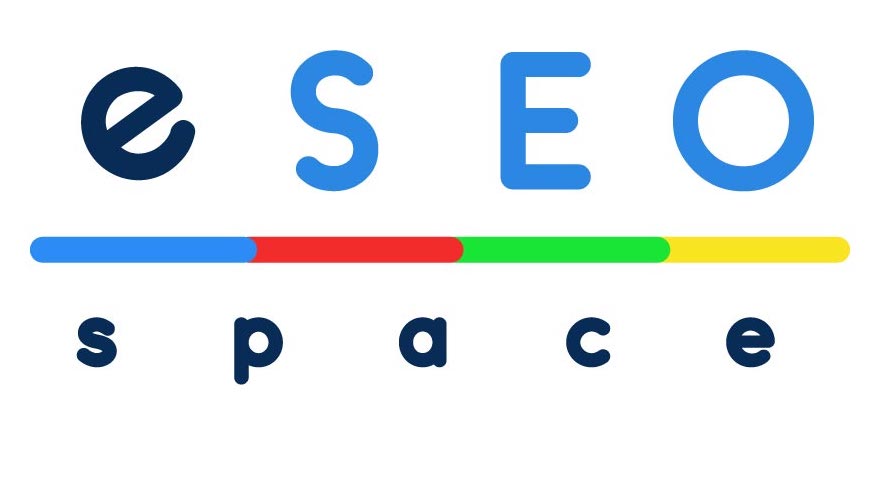Why Your Website Needs a Redesign: Signs to Look Out For
Discovering why your website needs a redesign is the key to unlocking its full potential. An outdated or underperforming website can significantly hinder your online success in today’s fast-paced digital environment. So, a website redesign improves user experience and enhances your online visibility, boosting your chances of reaching and converting your target audience effectively!
Outdated design
An outdated design can significantly hamper your website’s performance and user experience. Nowadays, staying up-to-date with new website trends is crucial. Clean and minimalistic designs with ample white space are gaining traction, creating an uncluttered and visually appealing layout. Incorporating responsive design is vital, too, ensuring your website looks impeccable on various devices. Furthermore, implementing dark mode options can enhance user comfort during nighttime browsing. When used sparingly, animated elements can add a touch of interactivity and engagement. Seamless integration of chatbots and AI-driven features can further elevate user support and overall user satisfaction. So, embracing these new website trends ensures your online presence remains fresh, captivating, and in tune with evolving user preferences, ultimately contributing to your website’s success.
Poor mobile responsiveness
Poor mobile responsiveness can be one of the chief reasons why your website needs a redesign. With most internet users accessing websites via mobile devices, a seamless mobile experience is paramount. Not only does it enhance user satisfaction, but it also aligns with search engine algorithms that prioritize mobile-friendly sites. So, responsive design can improve SEO by ensuring your site ranks higher in search results. When your site adapts effortlessly to different screen sizes, it reduces bounce rates and keeps visitors engaged. Google recognizes this user-friendly approach and rewards it with improved search visibility. So, embracing responsive design is smart in the ever-evolving digital landscape.
Slow page load times
When visitors encounter sluggish loading, they often leave immediately, resulting in higher bounce rates and missed opportunities. Furthermore, search engines like Google factor page speed into their ranking algorithms, meaning that slow-loading pages can harm your SEO efforts. To improve page load times, consider optimizing images, leveraging browser caching, and minimizing HTTP requests. Prioritize a reliable hosting provider and compress large files to expedite loading. A fast-loading website enhances user experience and boosts your search engine rankings, driving more organic traffic. In the fiercely competitive online landscape, a swift site is a powerful asset that keeps visitors engaged and satisfied while elevating your online visibility!
High bounce rate
A high bounce rate on your site can be an alarming sign that visitors aren’t finding what they need or expect. Generally, this metric measures the percentage of people leaving your site after viewing only one page. In other words, this can negatively impact your website’s performance and SEO ranking. A common cause of a high bounce rate is poor content relevance or a lack of engaging elements. To tackle this issue, ensure your content is informative, interesting, and matches the visitors’ intent. Optimize your site’s interface and navigation to make it easy for people to find what they’re looking for. Reducing your bounce rate improves satisfaction and sends positive signals to search engines, potentially boosting your organic search traffic!
Low conversion rates
Whether you’re aiming to generate leads, sell products, or gather subscribers, a low conversion rate means you’re missing out on potential opportunities. This issue can be attributed to various factors, such as unclear calls to action, complicated forms, or even a lack of trust-inducing elements like reviews or security badges. To improve conversion rates, create compelling and concise calls to action that guide people on what to do next. Simplify your forms and reduce unnecessary steps, making it easier for them to complete desired actions. Trust signals like testimonials and secure payment options can instill confidence in your visitors. Furthermore, regular A/B tests different elements on your site to identify what works best for your audience, ultimately leading to higher conversion rates, improved experience, and more significant success.
Ineffective content presentation
Visitors often skim content rather than reading it thoroughly, so presenting information in a scannable, visually appealing way is crucial. Utilize headings, subheadings, bullet points, and short paragraphs to break up text and make it more digestible. Incorporating multimedia elements like images, videos, and infographics can further enhance content presentation, making it more engaging and informative. Furthermore, consider responsive design to ensure content looks great on various devices. Additionally, a wide array of new tools can help enhance your content, from SEO optimization tools to content management systems with built-in analytics. By embracing these tools and strategies, you can revamp your content presentation, making it more compelling and ultimately improving the overall experience on your site.
Outdated or broken links
Outdated or broken links on your site can be a source of frustration for visitors and a hindrance to your SEO efforts. When people encounter broken links, it can erode their trust and send them clicking away. Moreover, search engines like Google consider broken links a negative signal, potentially affecting your site’s ranking. To combat this issue, conduct regular link audits to identify and fix any outdated or broken links. You can utilize tools and plugins that can help automate this process. Additionally, consider setting up redirects for pages that have moved or no longer exist to ensure a seamless experience. By maintaining a healthy and up-to-date link structure, you not only improve satisfaction but also bolster your site’s SEO performance!
Difficulty in navigation
Navigational challenges on your website can deter visitors and harm their overall experience. When people struggle to find what they’re looking for, they’re more likely to leave, increasing your bounce rate. Furthermore, search engines take this behavior into account, and a high bounce rate can negatively impact your SEO rankings. To address this, prioritize intuitive navigation. Organize your menu logically and utilize clear, descriptive labels. Implement a search bar for quick access to specific content, too. Additionally, consider a user-friendly breadcrumb trail to help users understand their location within your site’s hierarchy. So, regularly test your site’s navigation with real people and gather feedback to make continuous improvements.
Inconsistent branding
Inconsistent branding across your site can undermine your credibility and confuse visitors. Your brand identity should be cohesive and instantly recognizable. When your logo, colors, and messaging vary, it can create a disjointed user experience. So, to remedy this, it’s essential to improve your web design to fix this issue. Ensure that your brand elements are consistent and well-integrated throughout your site. Maintain uniform typography, color schemes, and logo usage. Craft a style guide to provide clear guidelines for all aspects of your brand’s presentation. When your site reflects a consistent brand identity, it builds trust with your audience and reinforces your brand’s values. A harmonious and cohesive brand experience leaves a lasting impression on visitors and enhances your SEO by conveying professionalism and authenticity, improving your overall online presence.
Lack of social integration
Neglecting social integration on your site can be a missed opportunity to foster engagement and expand your online presence. A strong social media presence is vital in today’s interconnected digital world. The lack of social integration can hinder your ability to connect with your audience beyond your website. You can create a dynamic and interactive online ecosystem by incorporating social sharing buttons, embedding feeds, and encouraging user-generated content. Engaging with your audience on social platforms enhances your site’s appeal and improves your SEO by generating social signals that search engines consider. So, make it easy for users to connect with your brand on various social channels, and don’t underestimate the power of social proof.
Security concerns
Security concerns regarding your website should never be taken lightly. In an increasingly sophisticated era of cyber threats, safeguarding your digital assets is paramount. So, security issues are always among the reasons why your website needs a redesign! Ignoring security can lead to data breaches, loss of user trust, and even legal repercussions. To address this issue:
- Prioritize site security by implementing HTTPS, regular security audits, and robust firewalls.
- Keep your software and plugins up-to-date to patch vulnerabilities.
- Educate your team on best security practices and use strong, unique passwords.
- Consider employing a web application firewall (WAF) to thwart attacks, too.
Additionally, perform routine backups and have a disaster recovery plan in place. A secure website protects your data and enhances your SEO efforts. Search engines favor secure websites, which can also improve your search rankings.
Knowing exactly why you need a redesign
As we conclude this exploration of why your website needs a redesign, it becomes evident that staying current and responsive to user demands is pivotal in the digital realm. Your website serves as your virtual storefront, and an updated, user-friendly design can make all the difference in attracting and retaining visitors. So, don’t underestimate the power of a well-executed redesign to elevate your online presence, improve user experience, and keep your digital presence competitive and thriving.














